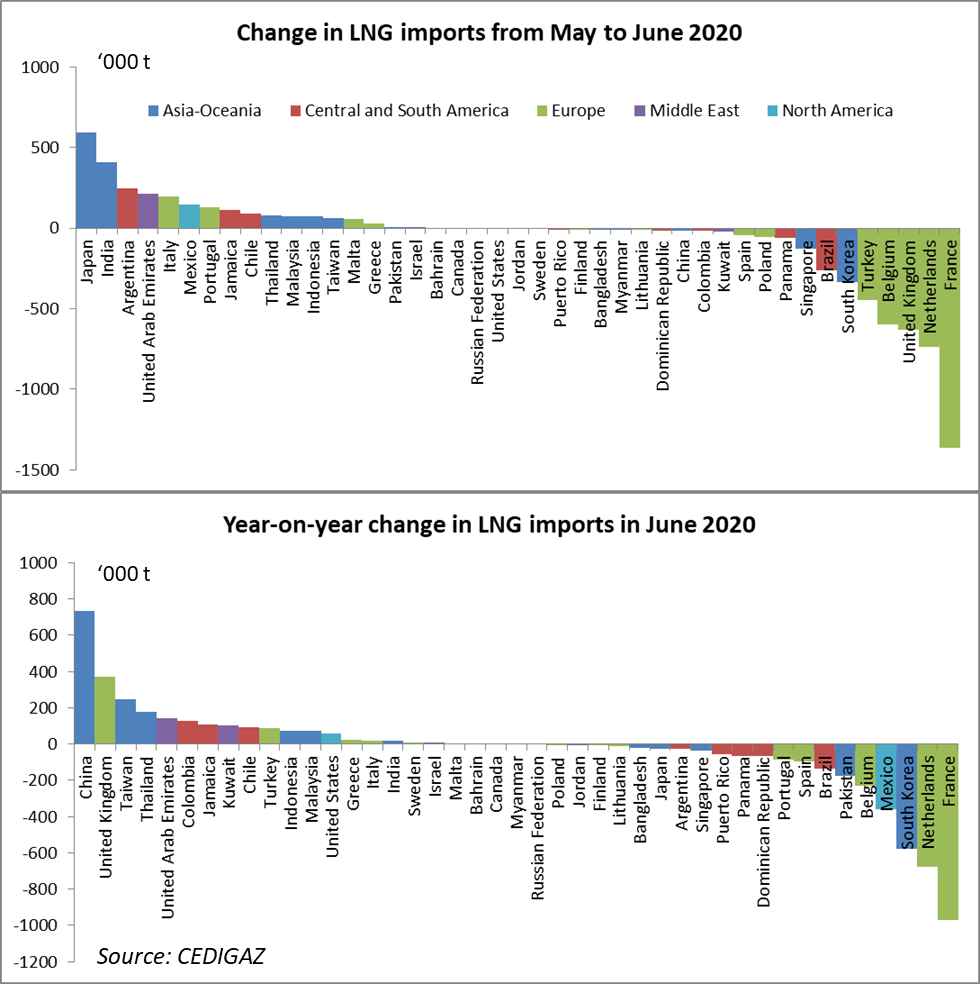The International Association Cedigaz has just released its report “JAPAN HYDROGEN ENERGY IN 2020: THE HYDROGEN SOCIETY IS GRADUALLY COMING TO THE FORE”, which assesses developments and prospects for clean hydrogen in Japan.
THE HYDROGEN SOCIETY IS GRADUALLY COMING TO THE FORE
Japan has been a pioneer in hydrogen and fuel cell technologies and has the world’s most ambitious vision. Japan’s ambition is to lead the way towards decarbonisation in the world by providing hydrogen as a new energy option. In the context of the nation’s unique energy challenges, the government wants to turn Japan into a hydrogen society to solve the issues of energy security and global warming. Japan’s Basic Hydrogen Strategy (2050 Vision) is the world’s first national strategy developed. It describes the future visions for the year 2050 and also serves as an action plan through the year 2030, coordinating public and private hydrogen initiatives. The main thrust of the strategy is to achieve the cost parity of hydrogen with competing fuels (after allowing for environmental externalities) by increasing economies of scale and overcoming technological barriers. The target cost is to make H2 affordable at $3/kgH2 by 2030 and $2/kgH2 by 2050.

